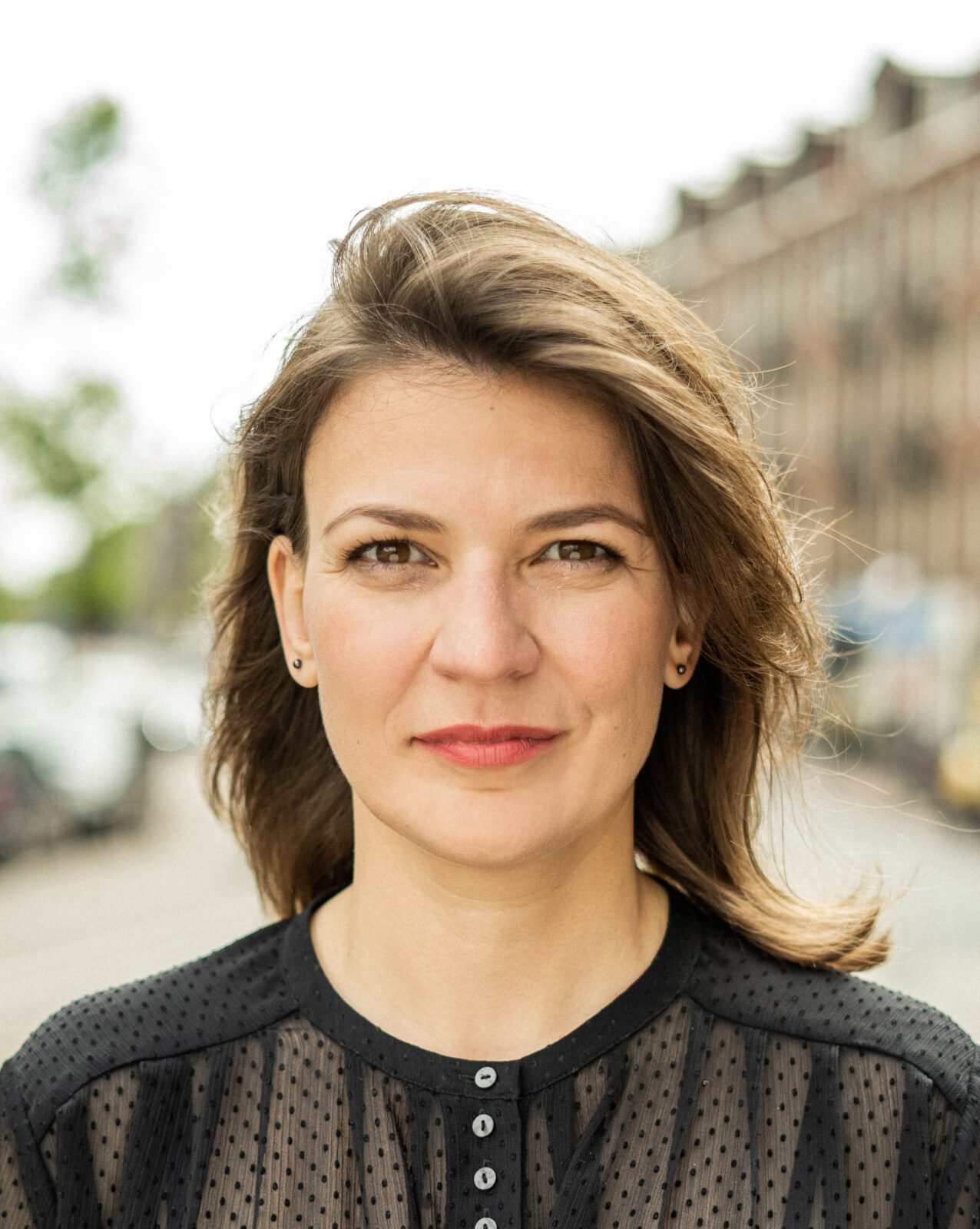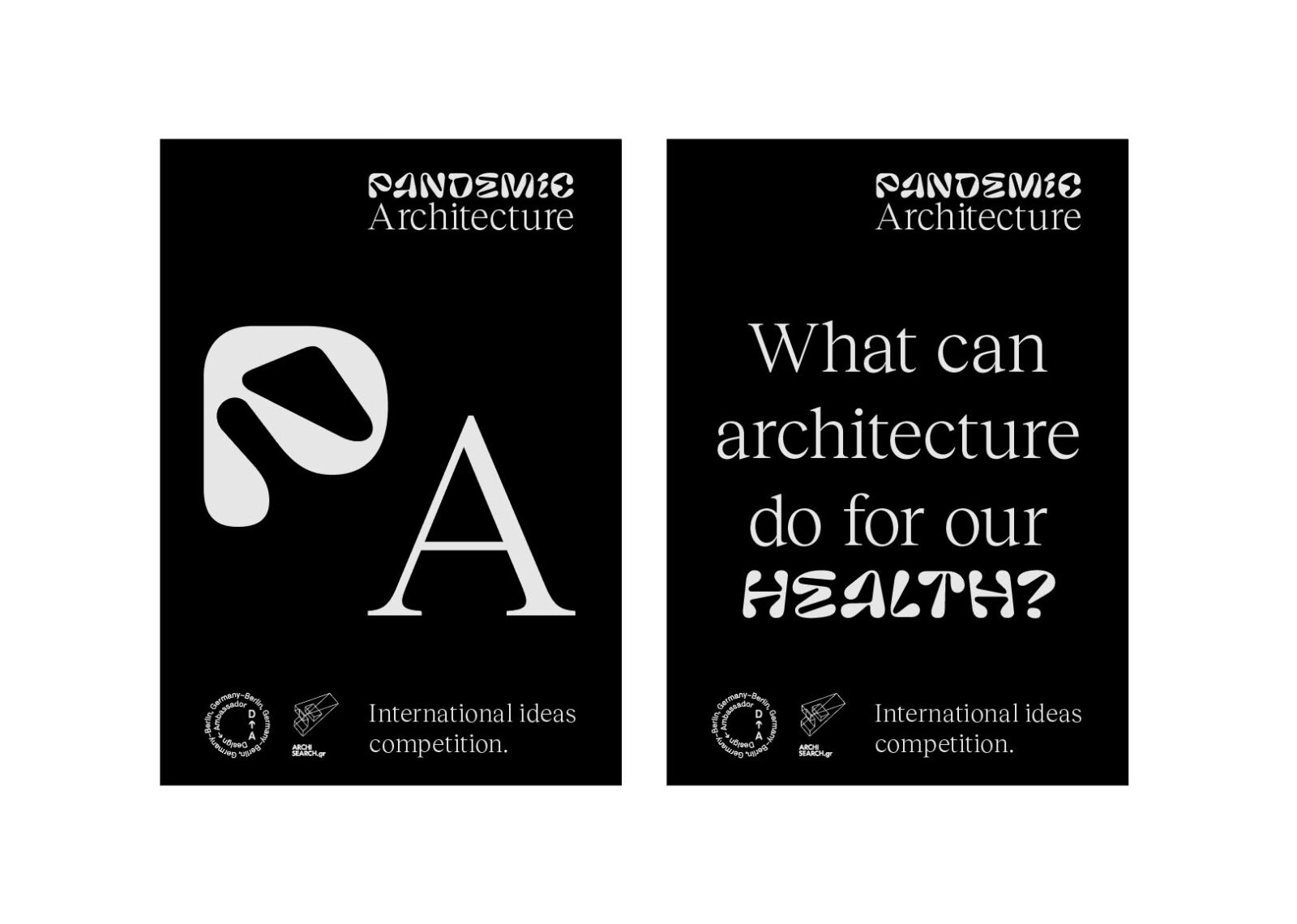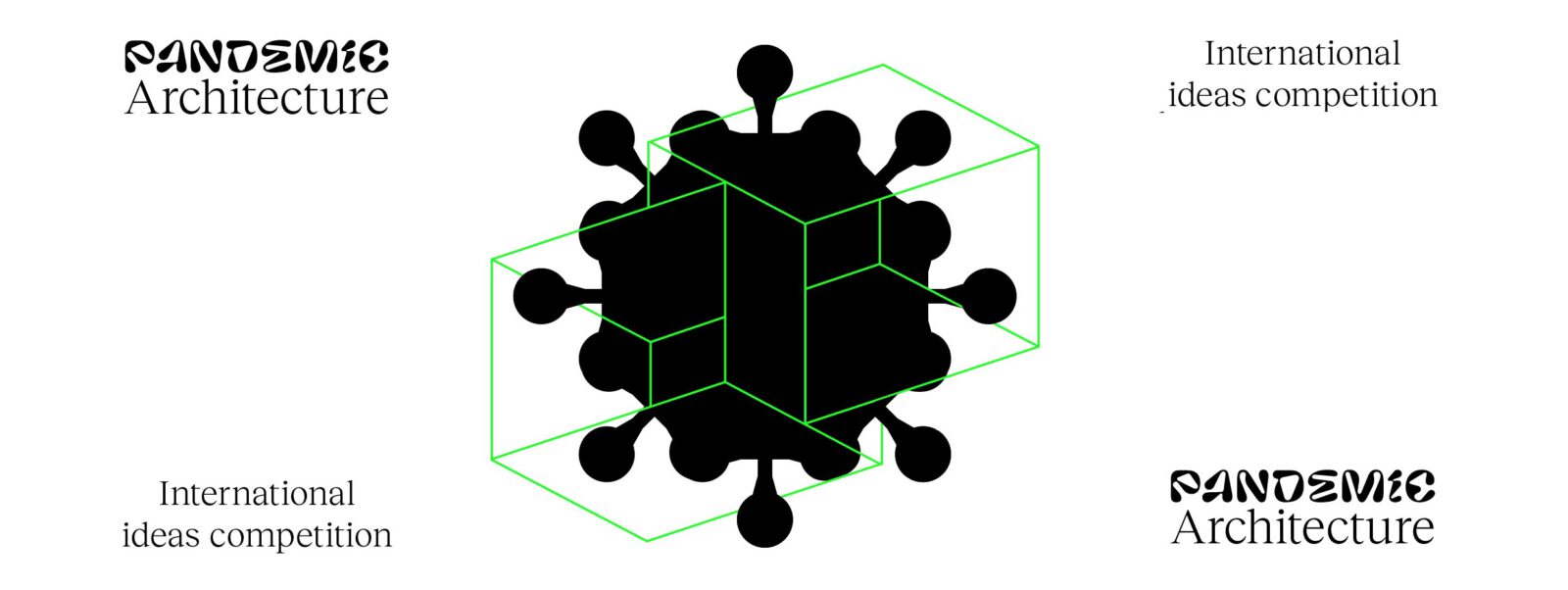Pandemic Architecture Competition attempts to open up a dialogue and create a think tank, looking for ideas from the architectural and design community about the future of the living, the workspace, the public space and the tourism industry.
Why do you support this competition?
Any effort that looks forward towards new ways of living is a great endeavor and should be embraced by designers. It is important to look at how we can turn our work into a positive agent, rather than merely a passive background to a society in isolation.
Why do you believe this is the correct timing for such competition to take place? What are you experiencing in your country due to covid-19?
In Amsterdam, a city shy of 1 million people, the wealth of green space has become a valuable asset – 20 minutes of ‘green time’ a day helps to give us a healthy and humane approach to our present situation. Recently, during one such 20 minute walk – and while watching people in groups of two walking and exercising – I thought that instead of isolation, we could talk about togetherness: a condition in which every country, organization and family participates in a global effort to reduce the impact of the coronavirus pandemic.
This is the right moment to think about our future, to organize our networks and to challenge our habits.
It is the right moment to take ourselves and our society one step further.
“I am looking forward to proposals that range from private to public, interior to urban and those that show an innovative use of technology. In a way, this is an opportunity to reshape our world in every respect towards healthy living.”
What are you expecting from the participants?
I am looking forward to proposals that range from private to public, interior to urban and those that show an innovative use of technology. In a way, this is an opportunity to reshape our world in every respect towards healthy living.
What is your opinion regarding the pandemic reality we are experiencing? ‘
To my mind, the pandemic reality of our present is living proof of our global connectedness. Physical connection is what we all need and desire. The global efforts of people to disconnect, however, is almost impossible to comprehend… But most importantly, the efforts of everyone risking their lives to save others is almost impossible to fathom…
We all play a small part in this out-of-scale phenomenon. The willpower of designers to contribute to this reality is admirable and fills me with optimism for what comes next.
Is there anything you would like to point out regarding the criteria of the competition?
In moments of crisis, we need to think disruptively in order to create change. Innovations with a human and a nature focus would provide the greatest contribution.
About Marianthi Tatari
Marianthi is an Associate Director at UNStudio, a knowledge-driven architecture and design practice in Amsterdam, Frankfurt, Shanghai and Hong Kong. In her role she is leading projects with a focus on design, organization, and bridging bold ideas with practice methodology.
Marianthi has worked worldwide in over 15 countries with projects in architecture, urbanism and interior design. She has led the Architectural Guidelines design for the Metro Network in Doha. Her current projects include the Booking.com Campus in Amsterdam and the Residences at Mandarin Oriental in Istanbul. As a true systems thinker, Marianthi takes a scalar approach to design, addressing issues of experience, identity and sense of place in various scales and typologies. Her heart lies in creating places that inspire the best connections among people.
_______________________________________________________________________________
Pandemic Architecture is an International Ideas Competition curated by the Design Ambassador for ARCHISEARCH.gr
Extraordinary times” require extraordinary design.
What Can Architecture Do for our Health?
As the world faces new globalized health threats, there is a need to design the home/ the city of tomorrow, living in times whereas pandemics and viruses will be part of our everyday life.
By designing for the needs of a pandemic reality, architects act as guarantors and guardians of the Public Health of a community.
Virus outbreaks have their impact on urban space as well as on the living of millions of people.
When millions of people are isolated and working from home, what features should a home have?
When people can’t travel, what is the role of the hotels?
When crowds are not allowed at public spaces, how cities and public spaces change?
In terms of health centres and interior design, what are the hygienic architectural details of the pandemic reality?
Find more here!
READ ALSO: Pavillion in the Trees | d_code ARCHITECTS


